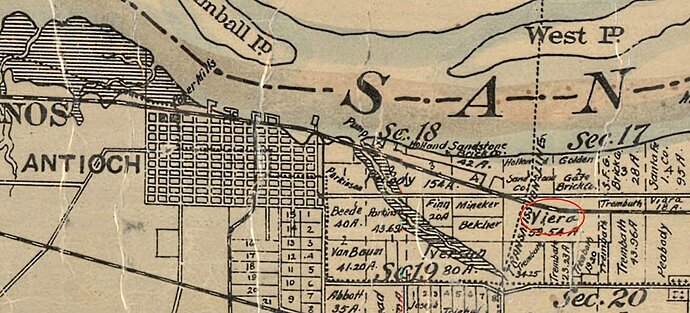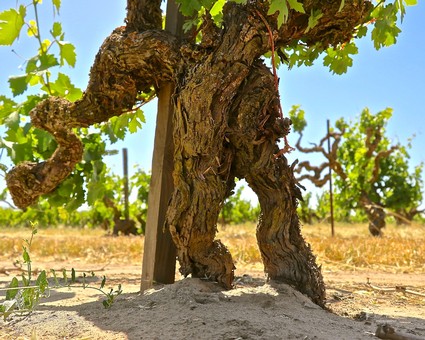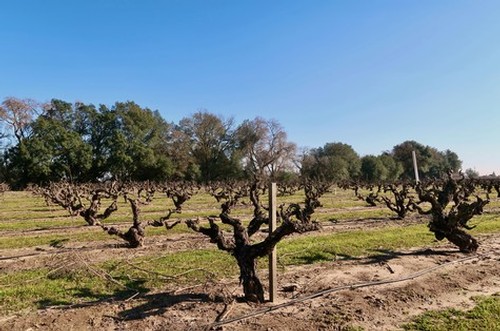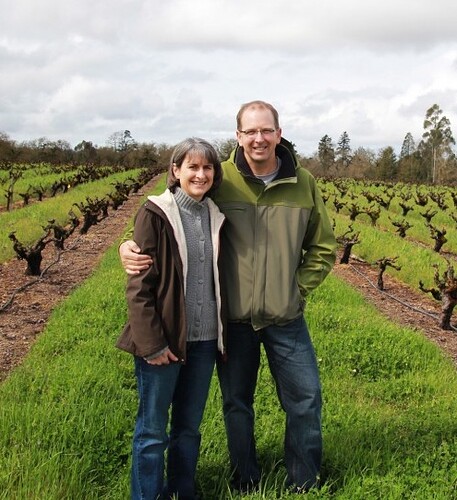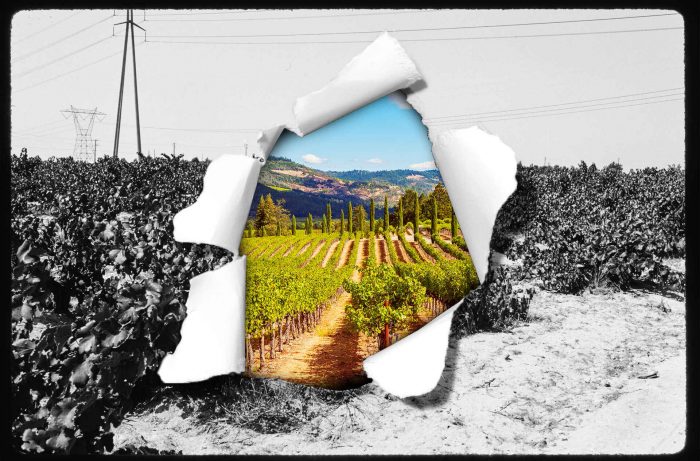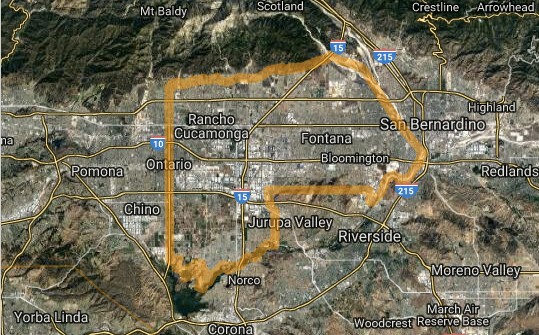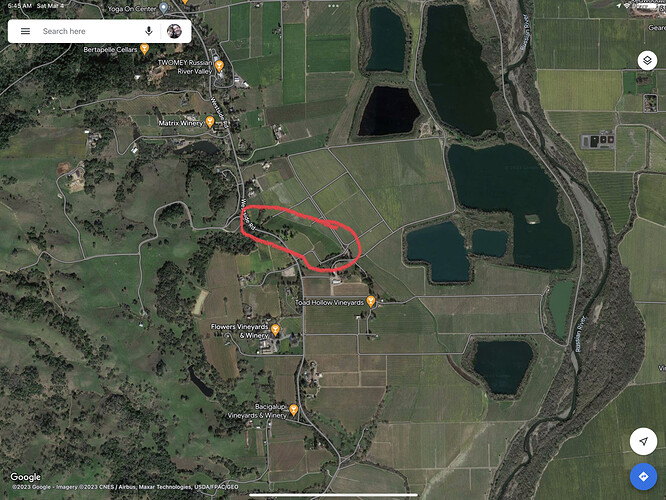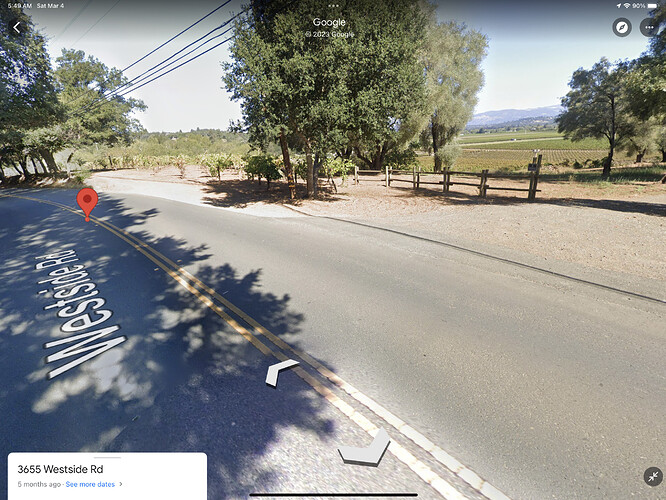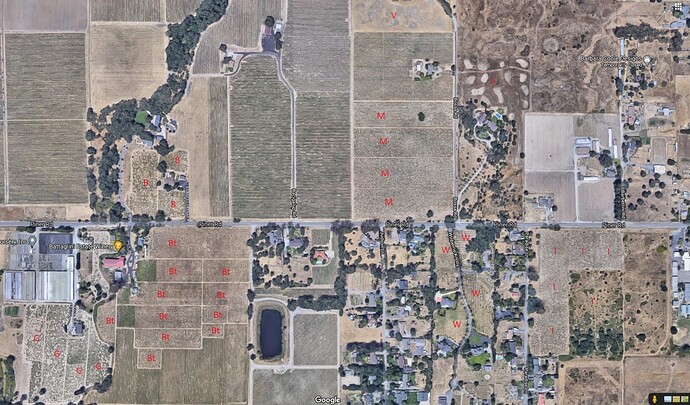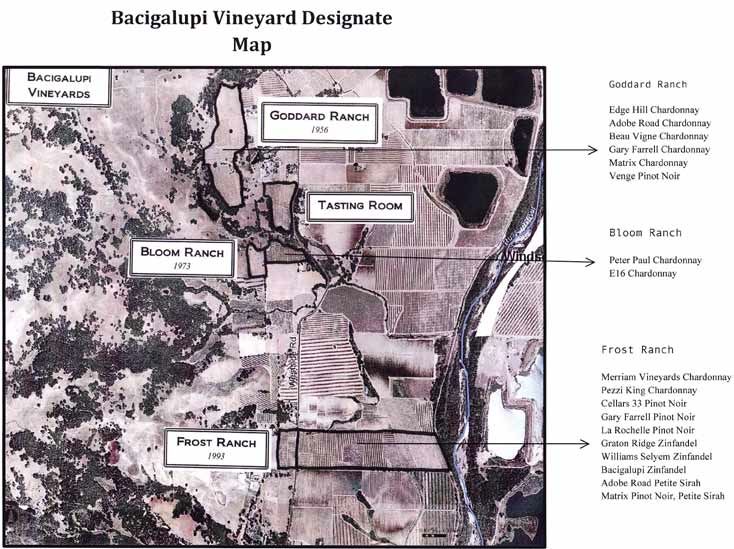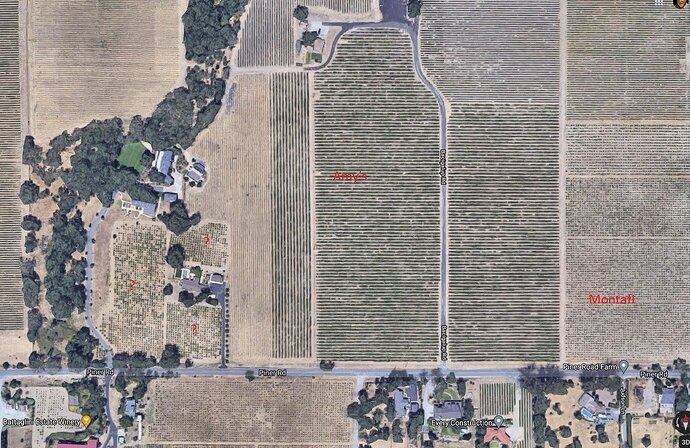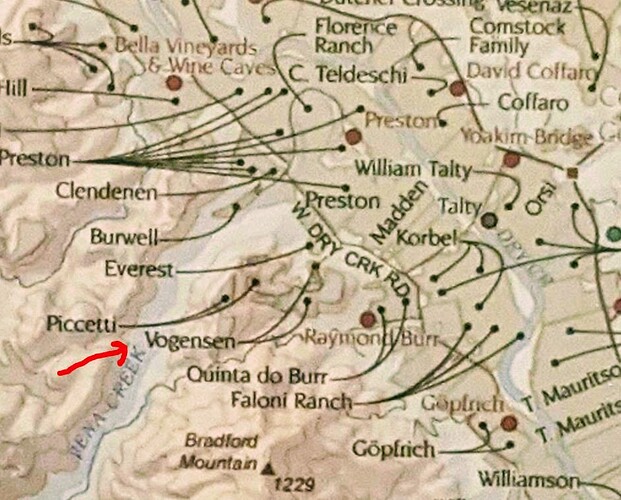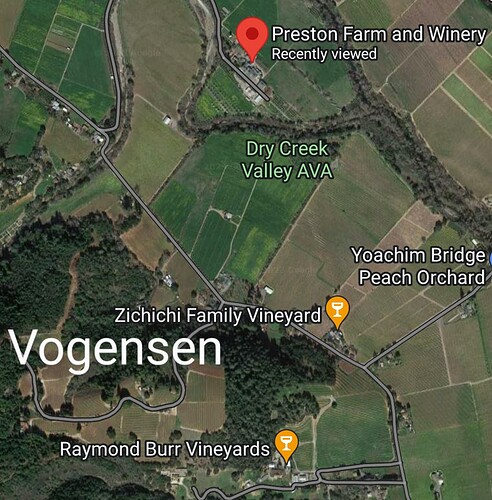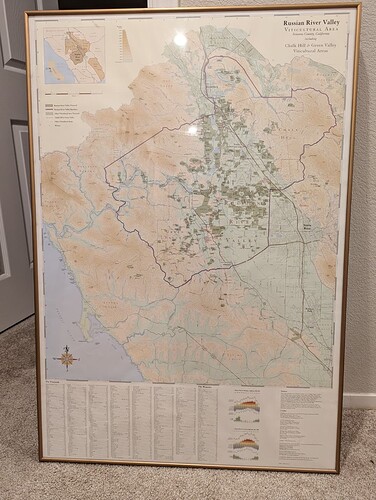Last year, I shared the HVS “Pagani Ranch” video recording on a separate thread. However, I thought it best to post it here as well.
The Historic Vineyard Society conducted 3 Virtual Tasting events via ZOOM in coordination with Sonoma’s Best, beginning in December with a focus on one vineyard - “Pagani Ranch” in Sonoma Valley.
The other two HVS roundtable sessions expanded in focus, encompassing geographic regions of increasing size. The second tasting, hosted online in March, explored old-vine sites in Lodi and Contra Costa. The most recent virtual tasting highlighted old vineyards from Santa Clara, San Benito, and San Luis Obispo Counties.
“HVS ‘Pagani Ranch’ Virtual Tasting with Sonoma’s Best”
December 17, 2020
Pagani Ranch was planted by Felice Pagani: 1884 and 1920/22, just South of Kenwood, CA
Total size: 181 acres, 48 acres old-vines, ~30 acres younger vines
Today, 7 different producers get fruit from the vineyard
\
Morgan Twain-Peterson (Bedrock) - Varietal History at Pagani Ranch
· 2018 Bedrock “Pagani” Heritage Wine - more varietally diverse blocks, 40-60% Zin
· The use of Lenoir rootstock, which predates St George, at Pagani Ranch is a historically reliable indicator of its elder status in the region (Monte Rossi Semillon is also on Lenoir rootstock)
· 1884 “Beltane Ranch” (across the highway) JH Drummond introduced Petite Sirah to CA; Pagani PS is from Drummond
· Cooler nights make for later ripening than most Sonoma Valley sites
· Cofermention preserves altered aromatic expression and phenolic/anthocyanin extraction
Tress Goetting (Biale) - Winemaking Style and Site Expression
· Biale 2018 “Pagani” Zinfandel - fruit is harvested by hand, gravity-fed into winery to avoid over-extraction;
Pressed at ~5° brix remaining (before dryness), limited punchdowns;
Free-run, light-press, and introduction of fractional degrees of pressed lots;
~30% new French Oak is used with Pagani fruit (versus 20% with most Biale Zins);
17 months ageing in oak before bottling (ML in barrel).
· Prior to newer replants of all Sin vines, Biale’s block had a high proportion of Lenoir, Petite Sirah, Alicante Bouschet, etc. Current makeup of Biale block is 80% Zin, 20% mixed blacks.
David Gates (Ridge) - Soils and Site of “Pagani Ranch”
· Ridge 2018 “Pagani” Zinfandel - 84% Zin, 9% Alicante Bouschet, 7% Petite Sirah
· Pagani rests on alluvial soils and washed down from hillsides:
/Western area: predominantly clay (oldest vines) - smaller vines
[u]Eastern area[/u]: more gravel, higher water table in winter - less water holding capacity - larger vines
The railroad tracks (built in 1860’s) that bisect “Pagani” run along the soil divide.
· ~10 years ago, 25-30 acres of new Zin/PS vines were planted at Pagani on Rupestris-blend rootstock, which are more draught tolerant than Lenoir;
110-R and 140-R are deep-rooting, are not potassium-leeching (resulting in lower pH).
MTP - Bedrock is implementing Andy Walker’s newer GRN rootstock which are deep-rooting, are not potassium-leeching, and are nematode-resistant.
Bedrock’s Pagani blocks have as many as 20 different grape varieties interplanted.
· Charles Wetmore estimated that pre-Phylloxera California vineyards were 80% Mission, 80% Zinfandel, Mataro, etc; after Phylloxera, the proportions were reversed. Wetmore personally celebrated the decline of the Mission grape in California.
Andy Robinson (Seghesio) - Vintage Differences in “Pagani Ranch” Wines
· Seghesio 2018 “Pagani” Zinfandel - 2018 was Andy’s first year, since joining Seghesio in 2003, to personally select the pick date at Pagani.
· An entire year of growing culminates in determining optimum pick dates.
· 2018: late rains in March/April, vine growth took off in May; mellow summer heat, regular ripening.
· Seghesio receives fruit from a couple of blocks with high percentages of Alicante Bouschet; fruit is kept separate from Zin ferment lots to be blended as appropriate.
· 2018 - higher acidity, lower alcohol vintage
· Seghesio usually ages Zin in barrel 14-16 months, but gave 2018’s Pagani longer (18 months); 18% new oak, mostly French with ~6% American; lower sulfur additions to allow ML to complete in barrel for a wine with softer mouthfeel.
Question & Answer Segment:
· Who determines which wineries get which blocks from the vineyard?
David Gates: Ridge started working with Pagani Ranch in 1991, which had previously been contracted to sell to Seghesio. Ridge ended up with too much fruit, so Dino Pagani (who also was vineyard manager for St Francis) took the excess for St Francis. Around 2010, St Francis discontinued sourcing from Pagani. Seghesio resumed buying Pagani grapes, joined by Biale.
Morgan Twain-Peterson: Carlisle and Bedrock teamed up to get Pagani grapes from blocks 25, 32, and 33 on the West side of the vineyard, along with a teinturier-heavy hillside block.
· Steve Ponzo (?) asked about the vines that are famously visible from Hwy 12 - if they were virused Ali Bou (judging by coloring of leaves), and how that potentially impacted winemaking.
David Gates: observed that he had seen many Ali Bou vines with similar coloring, asserted that the Pagani vines were not infected.
· Random discussion ensued about Alicante Bouschet
· Vintage variation in old versus young vines?
David Gates: old vines are more reliable and require less “babying” in the vineyard than young vines.
Historic Vineyard Society website:
https://historicvineyardsociety.org/
Bedrock Wine Co. email: profile of “Pagani Vyd”
“The second in a series of pieces on Bedrock growers by the James Beard Award winning author David Darlington is on the indefatigable Dino Amantite of ‘Pagani Ranch’. The ‘Pagani Ranch’ Heritage Wine, made from the oldest plantings at the vineyard, is part of the Winter Release…”.
